
Kate is a journalist, digital content editor, and SEO specialist, with 20+ years of experience in print and digital communications. In leading the online publishing and marketing efforts of Science Connected, Kate is spreading science literacy, social good, and environmental sustainability while debunking pseudoscience through science journalism.

Science of Skateboarding: Half-Pipe Physics
Skateboarding is physics! Find out what principles of physics a skateboarder uses to appear to defy gravity on the half-pipe. By Kate Stone and Dr. Jonathan Trinastic People skateboarding might seem to defy gravity as they soar high above a half-pipe, but they are actually taking advantage of specific physics principles that help them reach ...

We’ve All Got a Blind Spot, and Can Shrink It
The human eye does have a built-in blind spot. Research suggests that we can shrink it, and maybe even reverse blindness as a result. By Kate Stone The human eye is marvel of evolution, but it includes an unavoidable blind spot. That's because the optic nerve that sends visual signals to the brain must pass ...
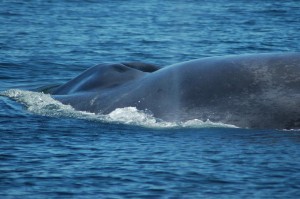
Where Do Blue Whales Go to Breed?
Blue whales are the largest animal on Earth, yet the breeding grounds of these elusive creatures remained a mystery for a long time...until now. By Kate Stone Scientists studying blue whales in the waters of Chile through DNA profiling and photo-identification may have solved the mystery of where these huge animals go to breed, according ...
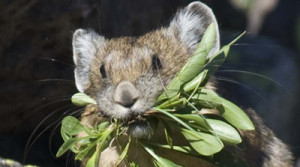
Climate Change Threatens California Pikas
The beloved American pika is losing its habitat. These little animals are loosing 75 percent of their habitat to climate change. By Kate Stone The American pika is a small animal with a big personality that has long delighted hikers and backpackers. Sadly, pikas are disappearing from low-elevation sites in California mountains, and the cause ...
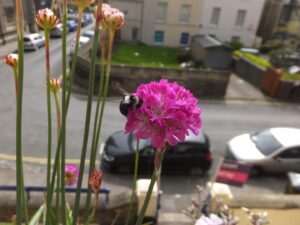
Make Your Garden a Powerhouse for Pollinators
Your urban home garden is by far the biggest and best source of food for pollinating insects, including bees and wasps. By Kate Stone Whether you have a backyard in the suburbs or a container garden on your city high rise balcony, your garden can be a valuable fueling station for pollinating insects. According to ...

Why Are Eggshells So Strong?
For millions of years, birds have been evolving to make the perfect eggshell. But how are eggshells so strong? By Kate Stone Anyone who has a tried to squeeze a chicken egg from end to end knows that it is almost impossible to break that way. Eggshells are surprisingly strong. Not much in nature mineralizes ...
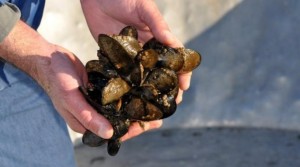
Shellfish Threatened by Ocean Acidification
Ocean acidification is killing young oysters, clams, and mussels in U.S. coastal regions that depend on these shellfish. Find out why. By Kate Stone Coastal communities in fifteen U.S. states that depend on the $1 billion shellfish industry (primarily oysters and clams) are in trouble. The shellfish supplies in these areas are at risk from ...
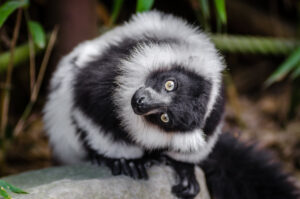
Lemurs: Where Will They Go?
By Kate Stone Climate changes are likely to leave a lot of Madagascar's lemurs looking for new places to live. The results of a new study from Duke University show where lemurs may seek refuge and food as temperatures rise and rainfall patterns change across the 225,000-square-mile island over the next 65 years. Average temperatures ...
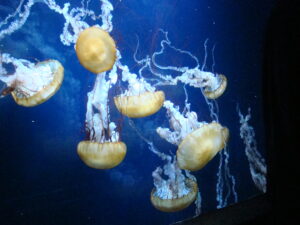
Jellyfish Do More than Drift
Jellyfish don't just drift. They can detect ocean currents, navigate, and move. In fact, they are more advanced than you might think. By Kate Stone Researchers have found that jellyfish, or jellies, can detect ocean currents and actively swim against them. "Jellyfish are not just bags of jelly drifting passively in the oceans," says Graeme ...
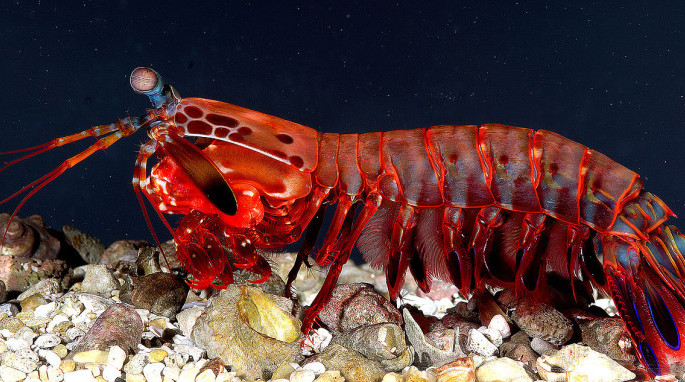
How the Mantis Shrimp Packs a Powerful Punch
These little animals kill by punching as hard and fast as a bullet from a gun. Find out why the little mantis shrimp is so tough. By Kate Stone The miniweight boxing title of the animal world belongs to the mantis shrimp, a cigar-sized crustacean with front claws that can deliver an explosive 60-mile-per-hour punch ...
